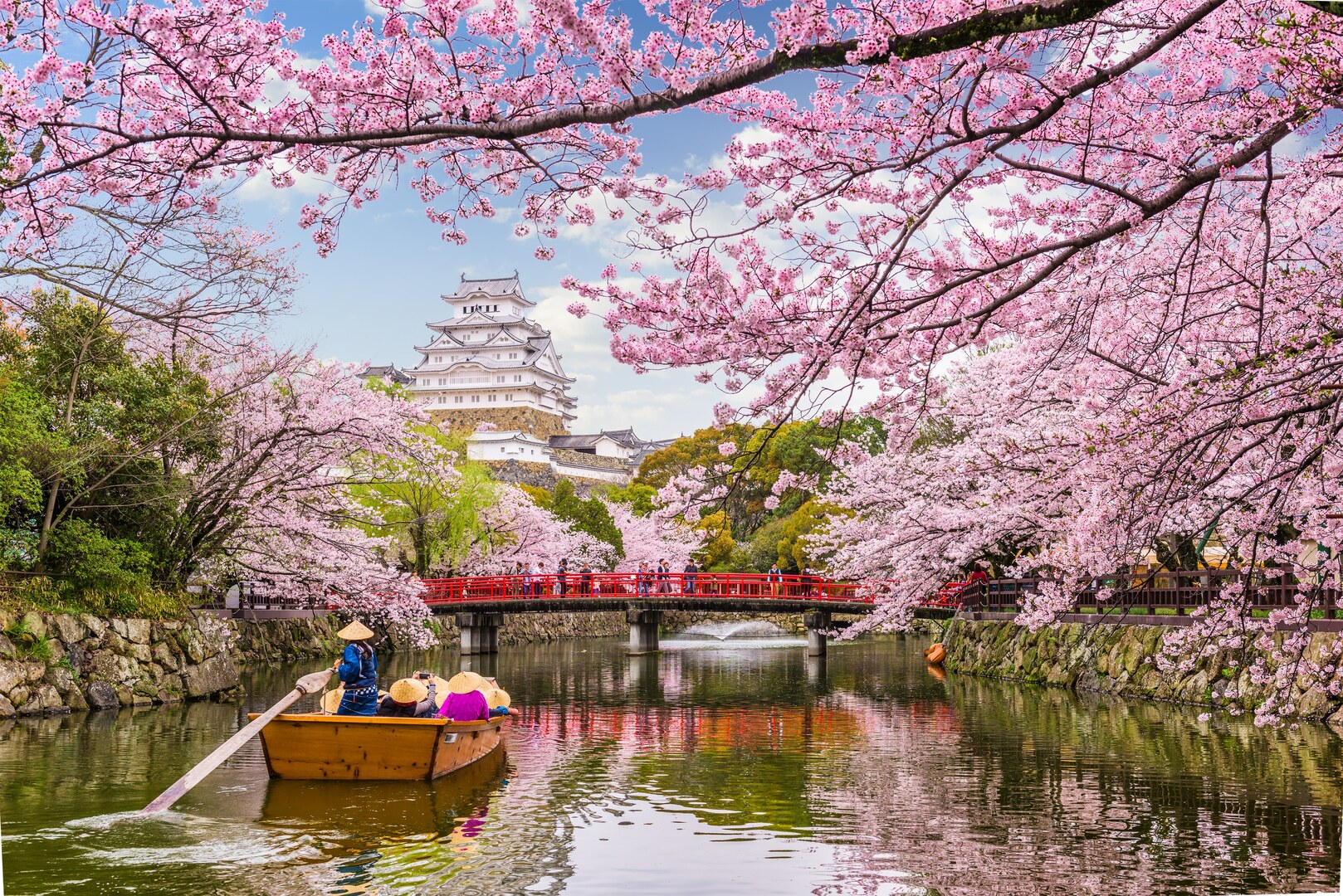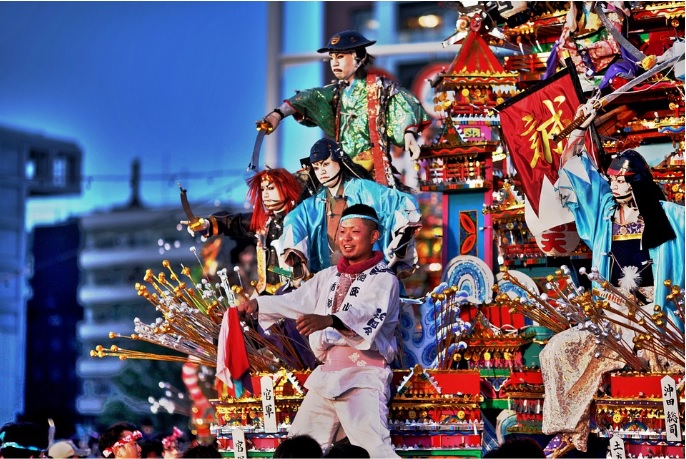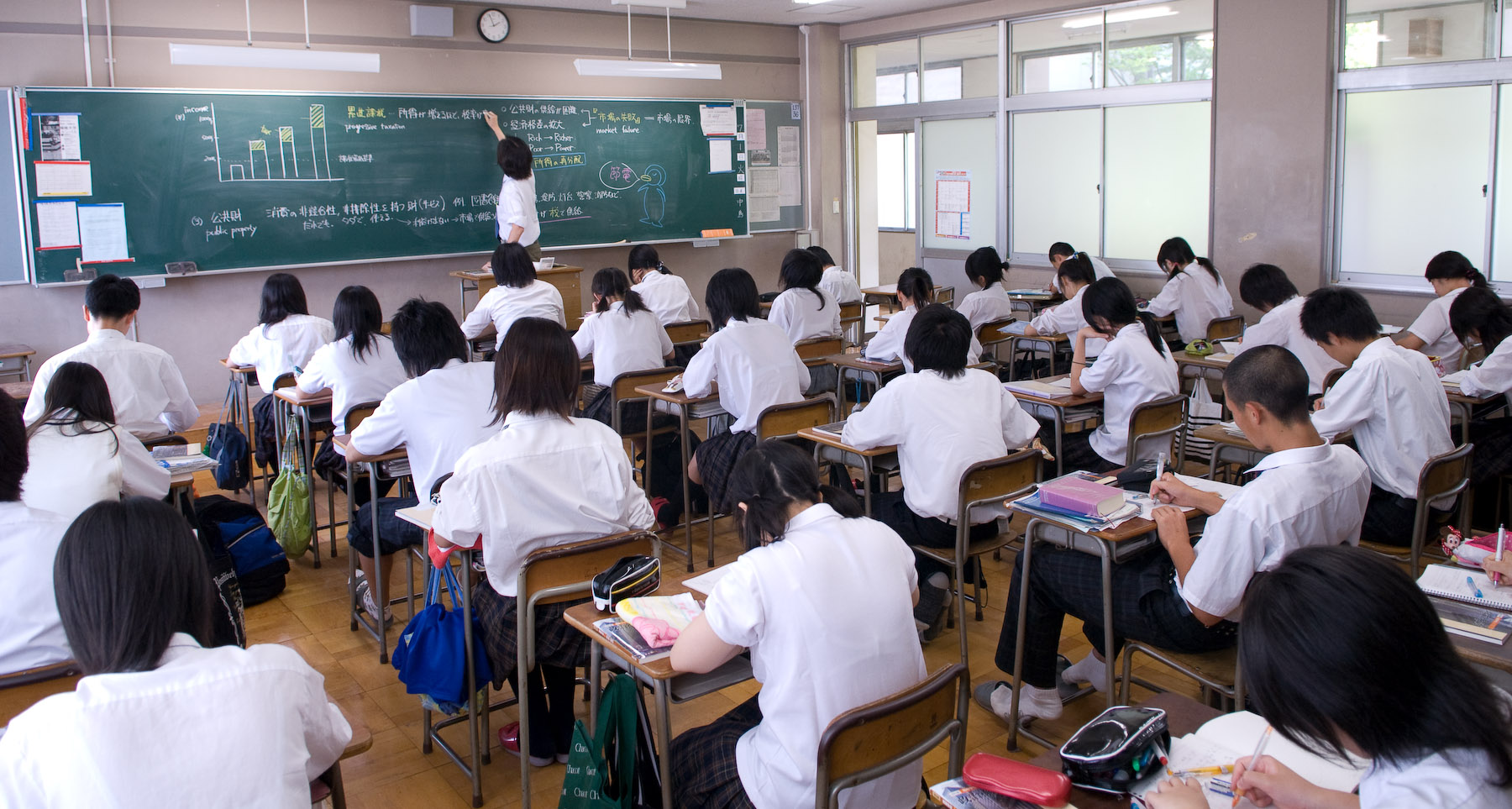
Ever wondered how studying in Japanese schools can be?
On average, a Japanese child spends 12 years of basic education. Classes are also held everyday from morning until afternoon, much like anywhere else. But what makes the Japanese education system unique from others? Let’s talk a closer look.
1. Morning greetings
Japanese people are known to very polite and respectful. Even at an early age, they are already taught basic manners and proper greetings. Every morning, when the teacher comes in the classroom, students bow and greet in unison. This routine also happens before the class ends in the afternoon.

Photo from sakuragakuen.org
2. No janitors
Students do the cleaning themselves. Every morning, during breaks, and after class, students are expected to clean the classrooms, bathrooms, and hallways. The class representative may assign a person in charge for mopping the floor, wiping the windows, throwing out the trash or arranging the desks. Japanese students are encouraged to be neat and tidy when it comes to their surroundings and even their personal belongings.
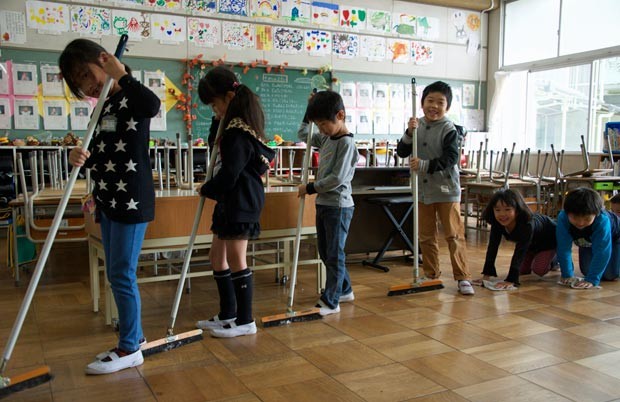
Photo from glbimg.com
3. School shoes and outdoor shoes
In animes and mangas, characters often change their shoes when they arrive at school. This is also similar in real life as students keep their school or indoor shoes in their lockers and change from their outdoor shoes before they go to class. This is to maintain the cleanliness of the school. Students are also required to take their school shoes home during Friday so that they could clean it before using it for the following week.

Photo from gjsentinel.com
4. Cram Schools
Cram schools are very common in Japan. These are special private schools which offer advanced and supplementary lessons for students who want to achieve high grades and pass entrance examinations. Students usually attend cram schools or juku after their school period. Cram schools are more intensive than the regular schools and students who are part of the program have been proven to have better performance level than those who don’t.
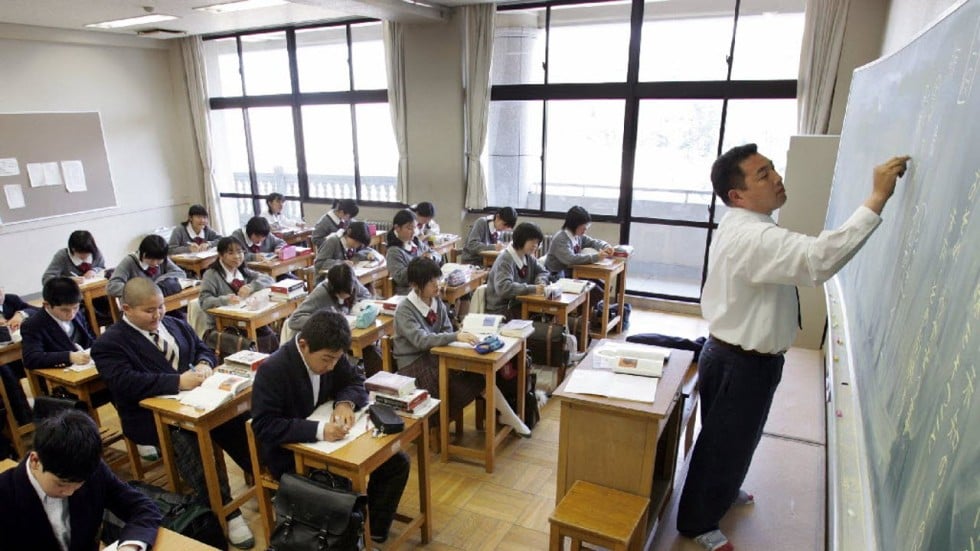
Photo from i-scmp.com
5. School Year
A regular Japanese School year begins in April when cherry blossoms usually blooms. The first term usually ends in July, which is followed by a summer break until early September. The second term runs from September until mid-December. The final term begins during the first weeks of January and continues until late March.

Photo from howibecametexan.com
6. Travelling to School
Parents rarely accompany their children to school. Students often commute to school alone or with their classmates. Some students opt to take the train or bus while some prefer to ride a bike or walk for closer distances.

Photo from photoshelter.com
7. Sleeping in class
With the amount of lessons and homeworks students receive everyday, they rarely have enough time to rest or sleep. Most students tend to sleep in the middle of a lesson due to stress and fatigue. Teachers may call the attention of a sleeping child but rarely reprimand them.

Photo from sakurahostel.com
Japanese students take their education very seriously and with pride. Some people see education as a social status that’s why most students work hard to enter prestigious schools. No wonder Japanese students rank one of the highest in the world when it comes to academic achievement.
